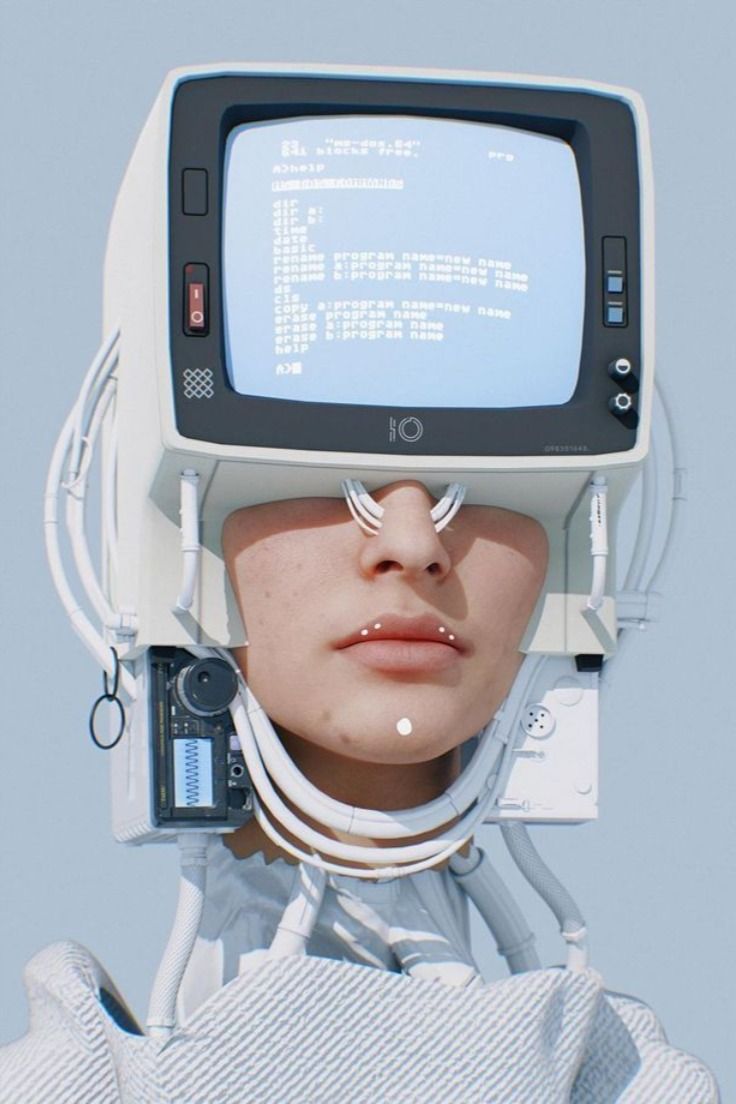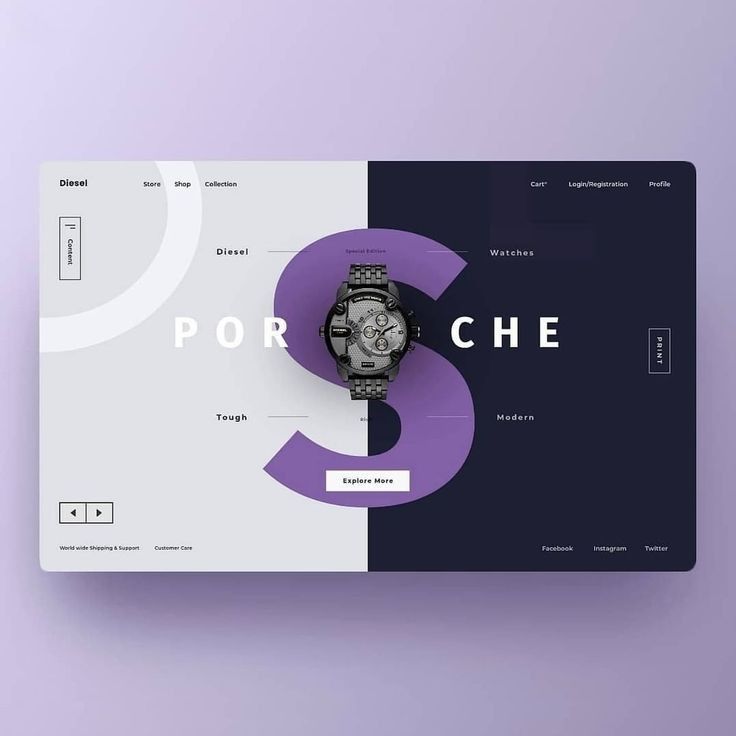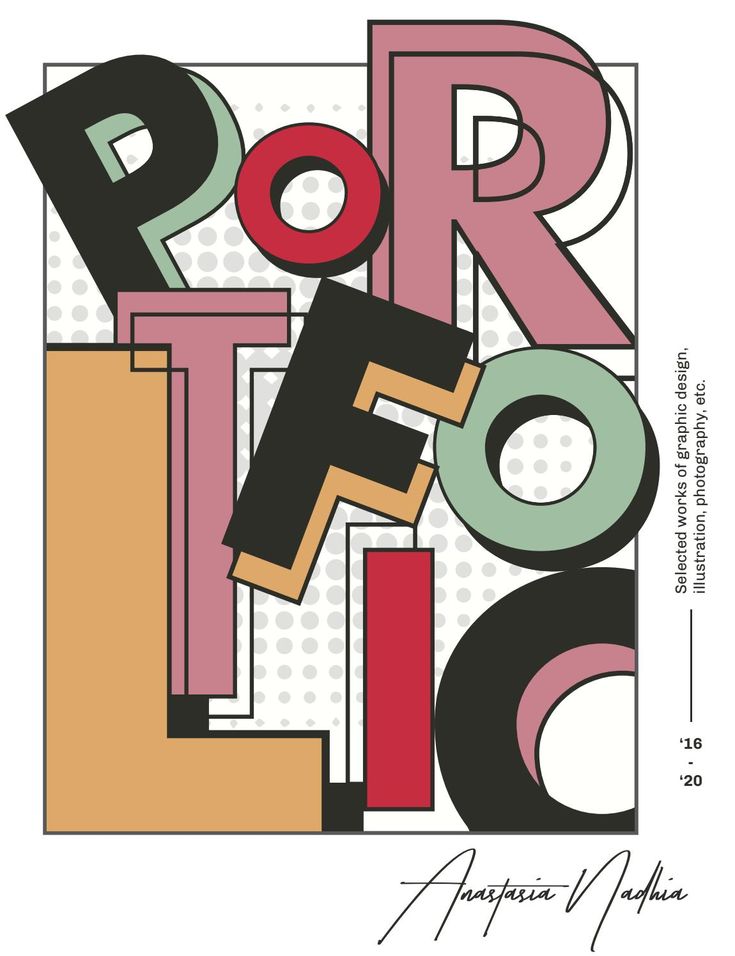As data continues to drive decision-making across industries, a Master’s in Data Science has become one of the most sought-after qualifications in the tech world. But with so many programs to choose from, it can be overwhelming to figure out which ones are truly worth your time and investment. In this blog, we explore some of the best data science master’s programs globally, what makes them stand out, and how to choose the right one for your career goals.
Why Pursue a Master’s in Data Science?
Before diving into the best programs, it’s important to understand why a master’s degree in data science is worth considering:
-
In-depth Knowledge: You’ll gain expertise in machine learning, statistics, big data technologies, and data visualization.
-
Career Opportunities: Employers value specialized education—graduates often land roles like Data Scientist, Machine Learning Engineer, or Data Analyst.
-
Higher Salary Potential: According to Glassdoor and Indeed, data science roles typically offer six-figure salaries, especially for master’s degree holders.
-
Networking: Graduate programs often offer strong industry connections, career support, and access to alumni networks.
Top Data Science Master’s Programs in 2025
Here are some of the most recognized and respected programs in the world:
1. Carnegie Mellon University – Master of Computational Data Science (MCDS)
-
Location: Pittsburgh, USA
-
Duration: 16–20 months
-
Why it stands out: Offers a strong focus on machine learning and software engineering. CMU is a powerhouse in computer science and AI.
2. Stanford University – MS in Statistics: Data Science
-
Location: Stanford, USA
-
Duration: 1–2 years
-
Why it stands out: Stanford’s proximity to Silicon Valley gives students access to tech internships and job opportunities, with courses taught by pioneers in AI and ML.
3. University of California, Berkeley – Master of Information and Data Science (MIDS)
-
Location: Online + campus immersion
-
Duration: 20–32 months (part-time)
-
Why it stands out: Designed for working professionals with a flexible online format and a strong reputation in the data science community.
4. Massachusetts Institute of Technology (MIT) – MicroMasters in Statistics and Data Science
-
Location: Online (MITx on edX)
-
Why it stands out: Offers a flexible and affordable route to a data science education, with the possibility to transition into a full master’s degree at MIT or other institutions.
5. University of Oxford – MSc in Social Data Science
-
Location: Oxford, UK
-
Duration: 1 year
-
Why it stands out: Ideal for those interested in applying data science to social sciences, government, or policy.
6. ETH Zurich – MSc in Data Science
-
Location: Zurich, Switzerland
-
Duration: 2 years
-
Why it stands out: ETH Zurich consistently ranks among the top universities in Europe and offers a mathematically rigorous program.
7. National University of Singapore (NUS) – MSc in Data Science and Machine Learning
-
Location: Singapore
-
Duration: 1–2 years
-
Why it stands out: NUS is Asia’s top university, with strong links to global industry players and a curriculum blending data science with business applications.
How to Choose the Right Program
When evaluating programs, consider the following:
-
Curriculum Focus: Does it emphasize machine learning, statistics, big data, or business analytics?
-
Format: On-campus, online, or hybrid?
-
Reputation and Faculty: Look at global rankings and the professional backgrounds of professors.
-
Industry Connections: Does the school offer internships, career fairs, or networking opportunities?
-
Cost and Scholarships: Consider tuition fees, living costs, and available financial aid.
Final Thoughts
The “best” data science master’s program ultimately depends on your career goals, learning style, and location preferences. Whether you’re aiming to work in Silicon Valley, build AI applications, or enter the finance or healthcare industries, there’s a program tailored for you.
With the right education and dedication, a master’s degree in data science can open doors to some of the most exciting and high-paying careers of the future.










